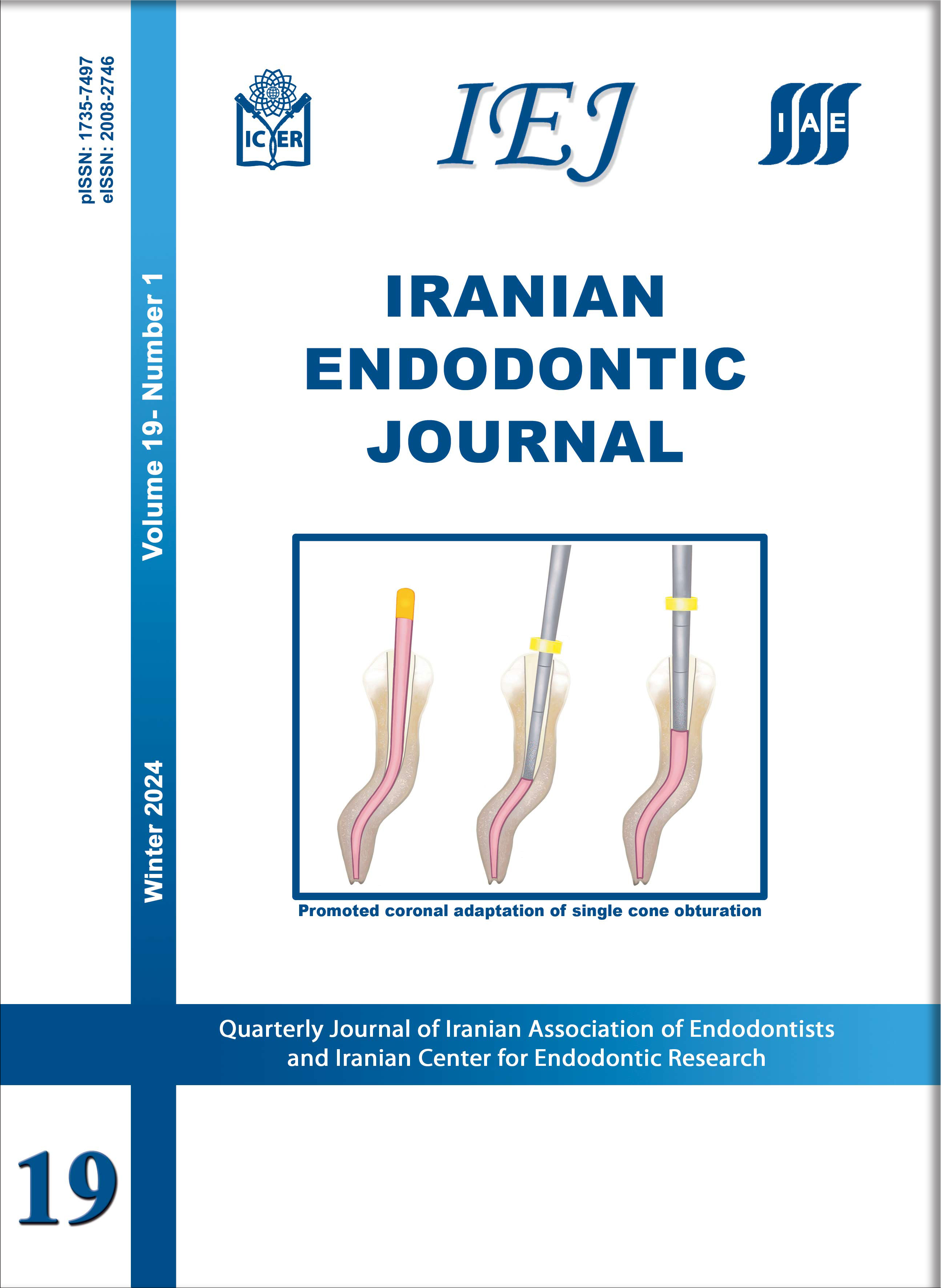Endodontic pathosis is preliminary caused by bacteria and their by-products that interact with pulpal and periradicular host tissues. The purge of the root canal system (RCS) from bacteria is a necessity for successful endodontic treatment. Different approaches have been considered to reduce the number of microorganisms and confront microbiota in the radicular area; namely chemomechanical preparation and intracanal medication. However, various studies have shown that, due to the intricate anatomy of RCS, bacteria can persist in distant areas and significantly decrease the degree of success in endodontic ministrations. Thereby, elimination of bacteria remains a challenge, specifically from the infectious root canals. In recent years, local drug delivery systems (LDDS), loaded with drugs and/or antibacterial agents, have been deliberated for the removal of microorganisms or as a medicinal adjunct to mechanical instrumentation. Owing to the resistant species and complexities in the structure of root canals, it seems that LDDS may be able to closely affect microorganisms and improve the success rate of endodontic treatment. Furthermore, they are capable of limiting drugs to RCS, and can achieve a more effective therapeutic dose/concentration in the target site. Furthermore, and due to successful outcomes, administration of LDDS has also been given great attention for regenerative purposes. Micro/nanoparticles, liposomes, nanofibers, sealers and so forth represent typical delivery systems used for endodontic treatments. This study addresses pivotal LDDS used in endodontics and their applications.
Keywords: Bacteria; Endodontics; Local Drug Delivery; Microorganism; Root Canal System




